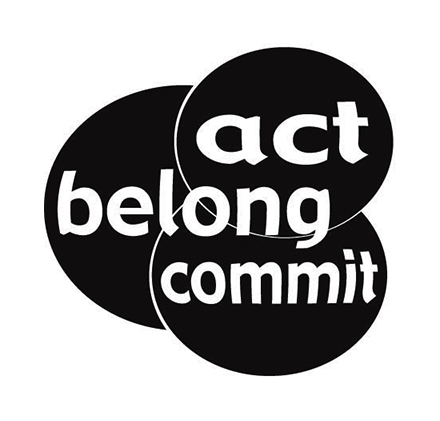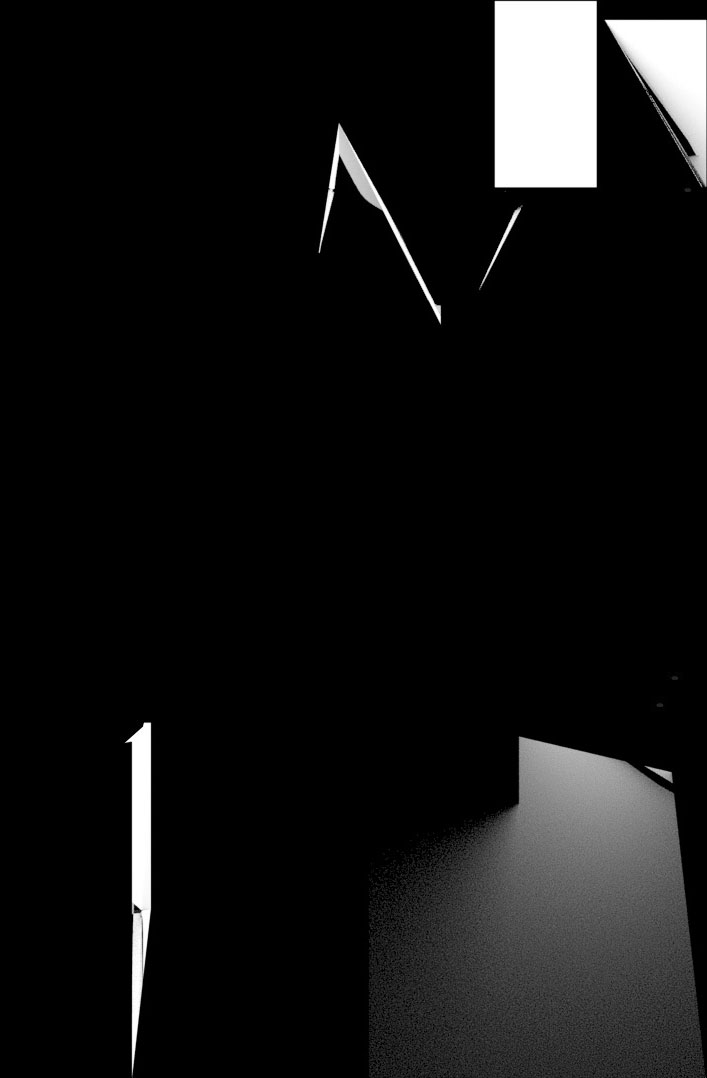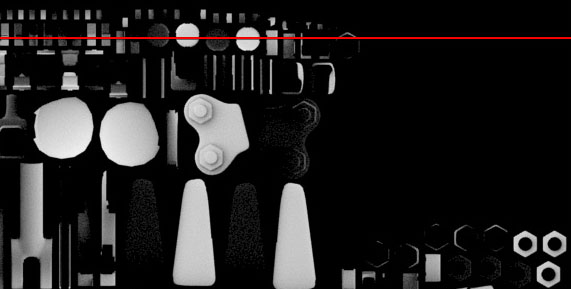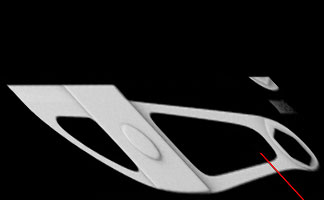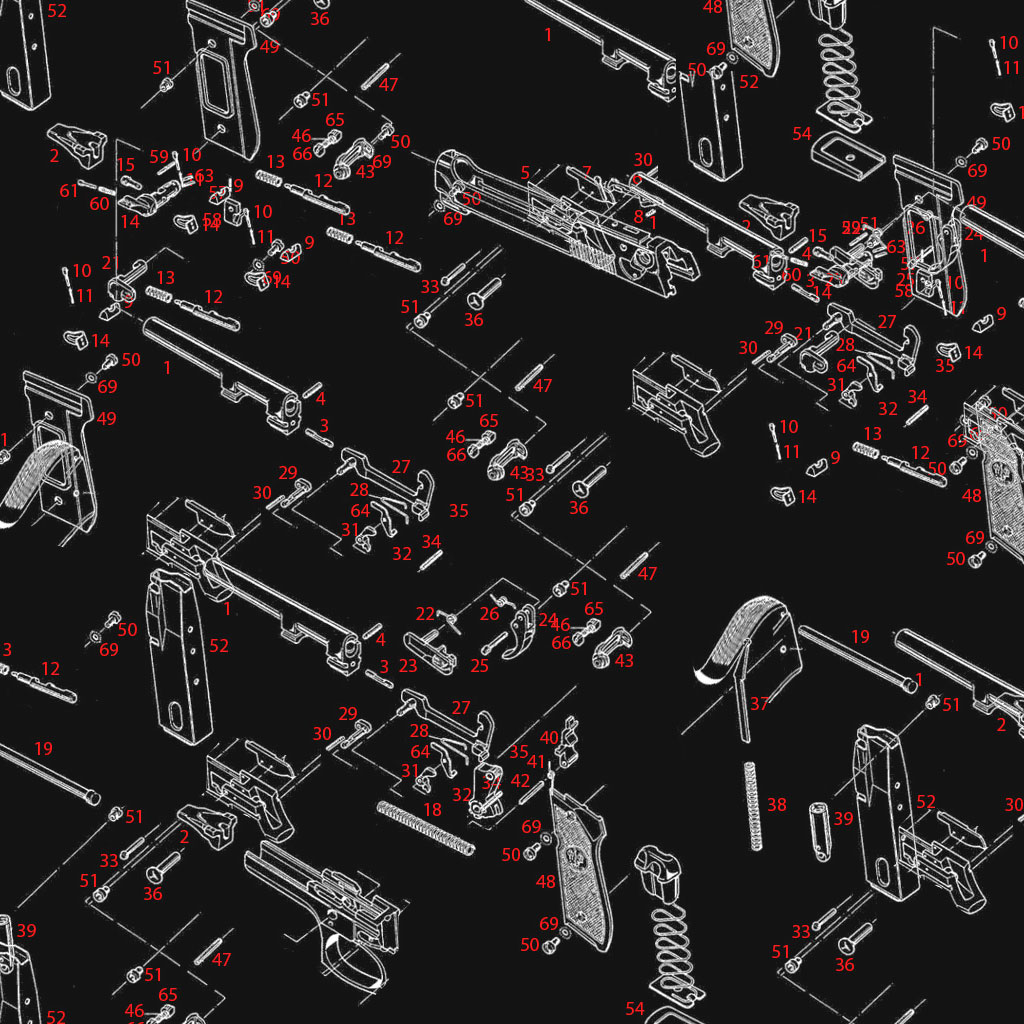marinate (v.)
"to pickle (fish, meat) in a marinade," 1640s, from French mariner "to pickle in (sea) brine," from Old French marin (adj.) "of the sea," from Latin marinus "of the sea," from mare "sea, the sea, seawater," from PIE root *mori- "body of water." Related: Marinated; marinating.i
I am standing on the shore at Walyalap, toes sunk in against soft white sand, sea breeze in my hair, salt on my tongue, the sound of a million drops of water hitting the beach in rhythmic waves in my ears. Nearby the bilya, the serpent river, exits to the sea, a place where freshwater meets salty, a transitional zone for liminal creatures. Here the first peoples of this place see time as patterns governed by the turn of the six seasons, the phases of the moon, and movement of the sun. We see long cycles of flood and drought, even longer cycles of heat and cold.
Aboriginal people have been in the southwest of the continent since the land was formed by spirit beings in the creation times. Humans emerged from the earth, learned culture and language and were charged with caring for Country. Excavations of campfires near Margaret River in Wardandi Noongar Country date human occupation here to be at least 48,000 years, with more layers beneath to unearth.
We are currently in a glacial-interglacial cycle, where the earth moves from ice age to warming in 100,000-year swings. The last ice age was 20,000 years ago, right in the middle of Aboriginal presence here in the southwest. We watched the sea levels drop and the rain disappear, saw plants and animals dwindle in number or vanish entirely. We struggled through a 10,000-year drought, where it was hard to even keep a fire going. This ice age was the coldest time of the last 150,000 years, and the coldest stretch lasted 4,000 years. It takes a long time for the earth to cool, over 100,000 years, but when the conditions change, warming is rapid. That ice age took only 9,000 years to thaw, and brought with it 120m in sea level rise, known in literature as the Holocene Warming.
These fluctuations in climate are imprinted on Noongar culture, as well as other coastal Aboriginal groups around Australia. Noongar oral stories are precious narratives encoded with information that have survived genocide and assimilation attempts. Sometimes called ‘Dreaming’ stories, they often reference events that occur in the ‘cold times’ as well as stories of seas rising and never receding. Recent research suggests that Noongar stories that reference ‘cold times’ and sea level rise are in fact eyewitness accounts of events of the interglacial that have been passed down for thousands of years.
Here on the beach in Walyalap I can see the island of Wadjemup, also known as Rottnest, which Noongar people ‘remember’ was connected to the mainland during the Cold Times. Ice ages drop sea levels because water is sucked up and frozen into vast ice sheets that stretch across continents. 20,000 years ago Noongar people could walk out past Wadjemup, which was a tall hill on a vast plain ending in cliffs. Whadjuk Noongar Elders tell stories of the Wagyl, or Creator Serpent, flooding the plains and making the islands off the coast. The sea level stabilised 6,000 years ago and the drowned continental shelf is the old edge of Noongar Country.
Noongar people endured an ice age and then the loss of thousands of square kilometres in hunting and ceremonial ground to rising seas. We are survivors, and the fact that we recall the last ice age through story suggests that our culture has been continuous for at least 20,000 years. We know that climate change is a natural part of living in the southwest.
When the British arrived 191 years ago they brought the Anthropocene with them; a new epoch that disrupts the interglacial-glacial cycle with human-made pollution that is rapidly changing the climate. It is a new period of time defined by humanity’s capacity to impact the world’s geochemistry and climate, perhaps most spectacularly marked by the explosion of the atomic bomb in 1945, the first time we could annihilate all life in an instant. Some think the term ‘anthropocene’, meaning ‘the man-made’ era, doesn’t specifically address the cause of the rapid changes the world is experiencing. An alternative term is the Plantationocene, which draws attention to how extractive plantations run by slave labour have expediated environmental and social destruction. Another is Capitalocene, acknowledging that consumption drives air and land pollution. Geographer Kathryn Yusoff agrees that the term ‘anthropocene’ falsely suggests that all humans are to blame equally, and instead articulates the making of the modern world as the result of a ‘Billion Black Anthropocenes’ where through slavery “black and brown death is the precondition of every Anthropocene origin story” ii.
The rapid development in Europe that led to expanding colonial empires and global capitalism had the effect of disconnecting Europeans and other people from their ancestral lands and their ancestral stories. Memory of the last ice age and the rise in sea level that followed it have not survived in any European cultures. The story of Noah’s flood might be a remnant of this old story, however it depicts a flood that rose then receded, which doesn’t reflect the rising seas that stabilised at their current high levels. Perhaps the story was altered to serve a religious narrative, and lost it ability to teach descendants about surviving climate change.
The apocalypse seems a lot closer in the so-called Anthropocene. Western thinking has an eschatological view of time informed by world religion, where paradise is in the past, apocalypse is in the future, and the present is a kind of purgatory, a lingering space to await punishment for our sins. The threat of nuclear war, the collapse of money markets, fossil fuels and agriculture, the proliferation of weapons by militaries and police, the corruption of governments, the rapid advancement of technology contributing to AI, surveillance and labour exploitation all marinate the West in a culture of fear that effects people in different ways.
Behind this is the overwhelming challenge of mitigating human-made climate change, what Amitav Ghosh calls ‘The Great Derangement’, and what Rob Nixon calls ‘Slow Violence’, denying any hope of returning to a Capitalocene status quo. However in the southwest the settlers continue to build houses on 100-year flood plains and in crucial fire corridors. The sprawling suburbs prevent the necessary firing of the land that prevents the catastrophic fires that can take lives and destroy ecosystems. Western agriculture has cleared so much inland forest to grow wheat that it has diminished rainfall there by 40% since 1910. The Plantationocene continues.
Just over the hill here the Fremantle Arts Centre held an exhibition called ‘Preppers’, a reference to people and communities that prepare for the collapse of society as it currently stands. The sculptural and installation artworks critique doomsday prepping by drawing attention to its violent aesthetics. Doomsday prepping, hoarding of resources, and isolating from other people is a dysfunctional but perhaps understandable reaction to the fears of the Anthropocene for Europeans and settlers in the colonies. Their own cultural histories tell them that it is the technologically advanced and the well-resourced who come out on top, and how you survive is dependant on what degree you are willing to exploit others to get ahead.
They don’t know the Noongar experience of Country, where whole coastal societies negotiated with groups inland to share land as the sea levels rose. How the beliefs and values of caring for family, Country and spirit embedded in Aboriginal cultures, and respect for land custodianship, is likely a direct result of these negotiations. That the capacity to adapt in collaboration with other people is essential to a successful continuous culture. The exhibition states that ‘preppers are betting against the house. They are emotionally, financially and socially invested in collapse’. These preppers are anxious for the Sword of Damocles to drop because they see no alternatives, have no narratives embedded in their culture that humans survive climate catastrophe by coming together. For the West apocalypse is the end, but for Indigenous peoples that disaster arrived with colonisation in some places hundreds of years ago. We’ve learned thrice-over that we can survive apocalypse with our cultures intact.
There is a bleak irony that in that way that preppers teach themselves how to grow local food, how to harvest rainwater, and how to live off the land without intervention from government. It sounds like a desire to live like Indigenous people did before colonisation, a desire to survive in a place regardless of what’s happening in the greater world. To know a place intimately and be totally nourished by it in every way. Colonisation almost destroyed Noongar culture and its memory of climate change survival, and now the settlers who benefited from the displacement of Indigenous peoples are incentivised to adopt something like our ways to survive the Anthropocene.
Saltwater crept over Noongar Country as the sea levels rose during the Holocene Warming. Australia lost 23% of its landmass, the land bridges to Papua New Guinea and Tasmania were inundated, the tuart forests of the limestone coast were drowned and turned to coral reef. Where there were kangaroos, emus, goannas and cockatoos, there are now sharks, lobster, sea urchins and herring. Coastal heathland was replaced by seagrass meadows. Banksia flower with stinging anemone. Country changed, those that lived on dry land pulled back to higher ground and the shallow water animals moved into the new coastlines, their old homes now too deep and far from the light.
Standing here on the beach I look at the waves rolling in and breaking on the sand banks. Settler societies live in the time shallows of the so-called Anthropocene, swirling around in churning brine, no roots to brace with, marinated in fear of the future due to their disconnection with any past prior to colonialism, consumption and capitalism. There is deeper water and deeper memory just beyond the foam if they can escape the tidal forces holding them.
i Online Etymology Dictionary (2020). Marinate. https://www.etymonline.com/word/marinate
ii Jonathan Jacob Moore, A Billion Black Anthropocenes or None. By Kathryn Yusoff, ISLE: Interdisciplinary Studies in Literature and Environment, Volume 26, Issue 3, Summer 2019, Pages 830–832.




